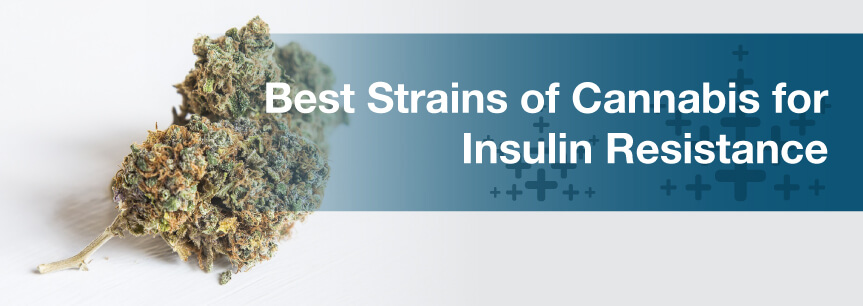
Most people are aware of medical marijuana’s most commonly reported benefits, such as its use for relieving pain, reducing nausea and acting as a sleep aid. However, as more patients are approved for cannabis medications, additional reports show it has uses beyond what we knew. One symptom that could be treated by marijuana is insulin resistance (IR), a complication that precedes type 2 diabetes.
Cannabis has many benefits for patients looking for relief from some of diabetes’ debilitating symptoms. It treats neuropathic pain and helps patients who suffer from nausea and vomiting. However, recent studies suggest marijuana could actually address one of the root causes of type 2 diabetes, insulin resistance.
When picking a strain, you should be aware of their chemical makeup. Cannabinoids are the chemical compounds present in marijuana, which give it its healthful properties. But not all strains are the same. Each is a little different based on the types of cannabinoids a strain contains and how much of them.
One of the most prevalent cannabinoids in marijuana is tetrahydrocannabinol (THC). This psychoactive compound is used primarily to treat pain and nausea. The other major component in cannabis is cannabidiol (CBD). This and another lesser known cannabinoid THCV (tetrahydrocannabivarin) have been proven to have anti-diabetic properties.
Although cannabis is not a cure for diabetes or insulin resistance, it has been shown to help patients find significant improvements. Some of the beneficial properties patients have experienced from these compounds, especially THCV and CBD, include:
When working together, these cannabinoids seem to help patients fight insulin resistance. It may be difficult for patients to find strains with a significant THCV content. But, those high in CBD are in high demand, and thus many dispensaries carry them.
There is no one cause for insulin resistance. Genetics and unhealthy eating or exercise habits seem to be the most influential factors for its development. When a patient receives a diagnosis of IR, doctors will most likely recommend lifestyle changes and medication to help normalize blood sugar and cholesterol levels.
Medical marijuana can be used in conjunction with any course of treatment prescribed by your physician. It’s not only safe to use on its own, but there are no serious side effects that arise when used with other types of medication.
Here are some strains patients can try to fight insulin resistance:
Although we’ve recommended strains that are reported to have benefits to patients with insulin resistance, some of these varieties may be difficult to find. That’s why you should work with a budtender at a local medical marijuana dispensary to find the perfect strain for you. You should also make an appointment with a marijuana doctor, as they will want to monitor your condition to ensure you’re receiving the best possible treatment.